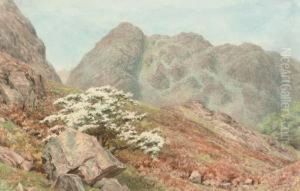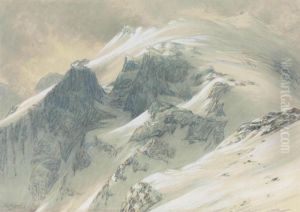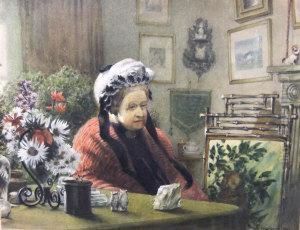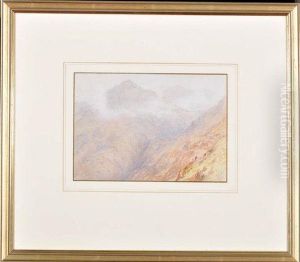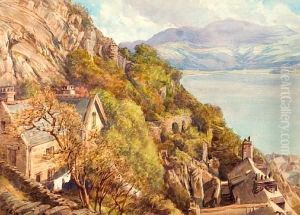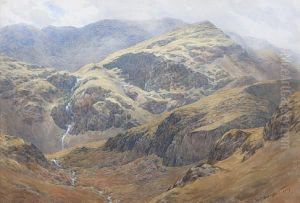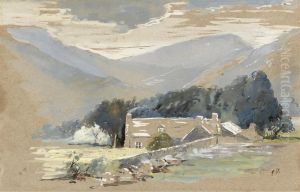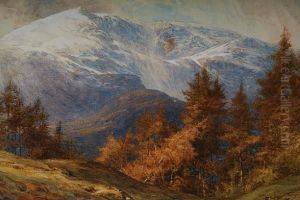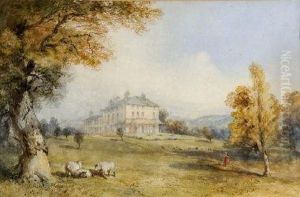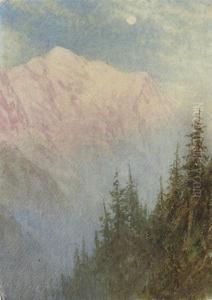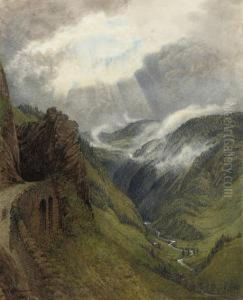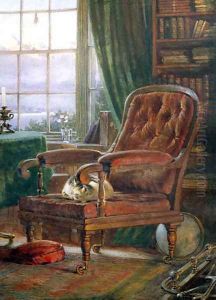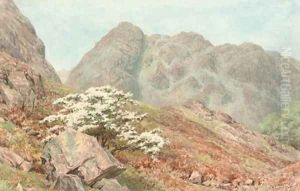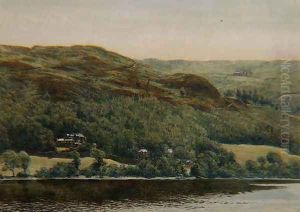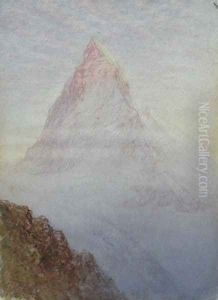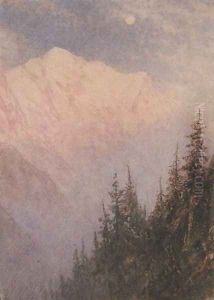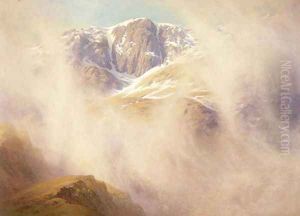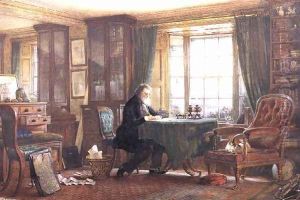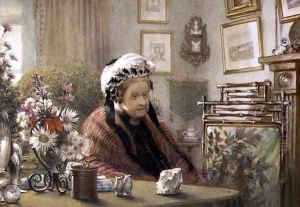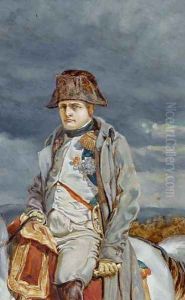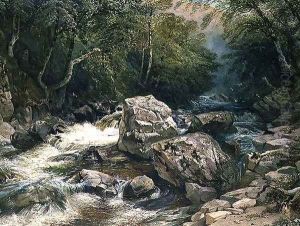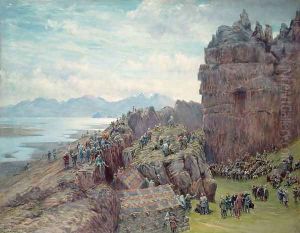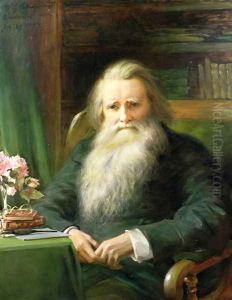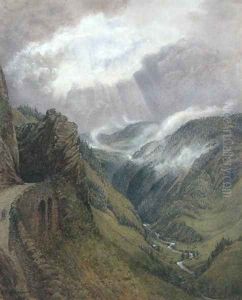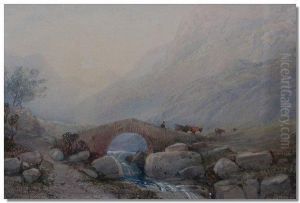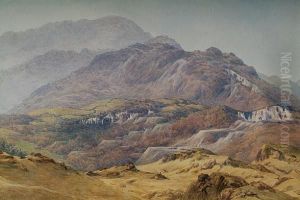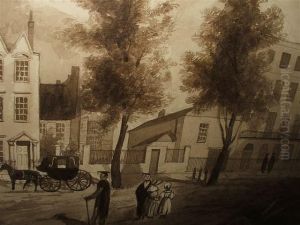William Gersham Collingwood Paintings
William Gershom Collingwood was an English author, artist, antiquary, and professor. Born on August 6, 1854, in Liverpool, he was closely associated with John Ruskin, a leading English art critic of the Victorian era. Collingwood was not only influenced by Ruskin but also served as his secretary and biographer. He studied at University College, Oxford, where he met Ruskin and became involved with the Ruskin School of Drawing.
Collingwood's interests were diverse, encompassing painting, archaeology, and history. He traveled extensively with Ruskin in Europe, helping him with his work and sharing in his research. Collingwood was particularly interested in Norse and Anglo-Saxon history and culture, which strongly influenced his own work. He wrote extensively on Norse mythology and English antiquities, and his books on these subjects were well regarded in his time.
In addition to his writing and scholarly work, Collingwood was also a talented watercolorist, and his landscapes reflected the Ruskinian ideals of observation and fidelity to nature. He was active in the preservation of British historical sites and was a founding member of the Lake Artists Society.
William Gershom Collingwood also had a significant impact on the early study of the history of the English Lake District, a region that inspired much of his writing and painting. He was a pioneer in the study of the early Norse and Celtic history of the region and made several important archaeological discoveries there.
Collingwood married Edith Mary Isaac in 1883, and the couple had four children. His children, including his son, Robin George Collingwood, who became a noted philosopher and historian, continued his legacy of scholarship and art.
He passed away on October 1, 1932, in Coniston, Lancashire. Collingwood's legacy is preserved through his contributions to the arts and humanities, and his works continue to be of interest to scholars of Norse mythology, archaeology, and the history of the Lake District.
